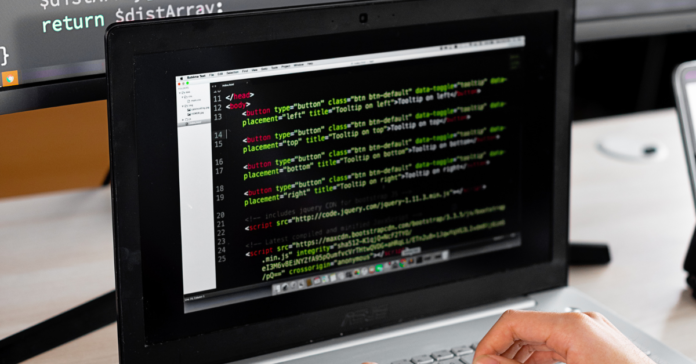Python, recognized as one of the most versatile and user-friendly programming languages, has gained immense popularity in recent years. Its applications span from machine learning algorithms to web development and software testing. Whether you’re a seasoned developer or just stepping into the world of programming, Python offers a plethora of possibilities.
What is Python?

Python stands out as a powerful computer programming language primarily used for web and software development, task automation, and data analysis. Its general-purpose nature enables developers to craft diverse programs without constraints. This flexibility, coupled with its simplicity, has propelled Python to the forefront of programming languages today.
Python’s Origin
The genesis of Python’s name traces back to Guido van Rossum’s affinity for Monty Python, the British comedy troupe. While creating Python, he found inspiration in the concise and enigmatic nature of the name, reminiscent of the language’s elegance and versatility.
Applications of Python
Python is extensively used across various domains owing to its simplicity and efficiency. Let’s delve into some of its key applications:
1. Data Analysis and Machine Learning
Python has emerged as a cornerstone in the realm of data science, empowering analysts to perform intricate statistical computations, develop machine learning algorithms, and visualize data. With libraries like TensorFlow and Keras, Python facilitates streamlined development in this domain.
2. Web Development
In the sphere of web development, Python plays a pivotal role, particularly in backend operations. Frameworks such as Django and Flask enable developers to construct robust web applications, manage databases, and ensure secure data transmission.
3. Automation and Scripting
Python’s versatility shines in automation tasks, where repetitive actions can be automated with scripting. From file manipulation to executing complex algorithms, Python simplifies various operations, enhancing efficiency in diverse fields.
4. Software Testing and Prototyping
Software developers leverage Python for build control, bug tracking, and testing purposes. Tools like Green and Requestium streamline testing processes, ensuring the reliability and performance of software products.
5. Everyday Tasks
Beyond the realm of programming, Python extends its utility to everyday tasks, catering to professionals across diverse sectors. Whether it’s tracking stock market trends, automating reminders, or simplifying data management, Python offers solutions for myriad requirements.
Why Python Is So Popular

Python’s widespread adoption can be attributed to several factors:
- Simplicity: Python boasts a syntax that mimics natural language, fostering readability and comprehension. This simplicity accelerates project development and encourages collaboration among developers.
- Versatility: From web development to machine learning, Python’s versatility allows it to tackle a wide array of tasks, making it a preferred choice for diverse projects.
- Beginner-Friendly: Aspiring coders find Python accessible and intuitive, facilitating seamless entry into the world of programming.
- Open Source: Python’s open-source nature promotes accessibility and collaboration, enabling developers to leverage its capabilities freely.
- Rich Ecosystem: Python’s extensive repository of modules and libraries equips developers with the tools necessary to address diverse challenges, fostering innovation and efficiency.
Conclusion
Python stands tall as a beacon of innovation and efficiency in the realm of programming languages. Its simplicity, versatility, and extensive ecosystem have propelled it to the forefront of technological advancement, catering to the needs of developers and non-developers alike.
Frequently Asked Questions
Is Python suitable for beginners?
Absolutely! Python’s straightforward syntax and abundant learning resources make it an ideal choice for novice programmers.
Can Python be used for data analysis and machine learning?
Yes, Python’s rich set of libraries and frameworks make it a powerhouse for data-related tasks, including data analysis and machine learning.
What distinguishes Python from other programming languages?
Python’s simplicity, versatility, and active community contribute to its widespread popularity and adoption.
How can I start learning Python?
Numerous online courses and tutorials are available for individuals looking to kickstart their journey with Python. Coursera and other platforms offer comprehensive learning resources for all skill levels.
Is Python suitable for professional software development?
Absolutely! Python’s robustness and scalability make it a viable option for developing professional-grade software and applications.


